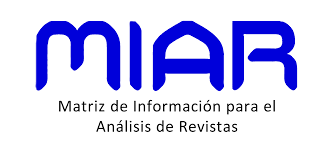A german vision of urban models. The case of Querétaro
DOI:
https://doi.org/10.56039/rgn04a06Keywords:
Urban models, Urban morphology, midium sized cities, QueretaroAbstract
Due to their complexity, the organization, function and morphology of cities has been historically reduced to graphic abstractions or urban “models” with the intention to identify types of cities according to the cultural space in question. However, by their nature, cities are under constant change and transformation, which gives rise to many questions about the validity and the relevance of these urban models: Are these models still a way to understand the logic and structure of cities? Can we understand urban morphology through these schemes? Are there urban models to understand a “medium sized” city? Departing from these questions, the aim of this article is to explore whether current urban models continue corresponding with the morphology and structure of a city, and with the changes that occur in them in a ten-year period, as it is the case of the city of Querétaro.
Downloads
Downloads
Published
Issue
Section
License
Copyright (c) 2022 Gremium

This work is licensed under a Creative Commons Attribution-NonCommercial-ShareAlike 4.0 International License.























